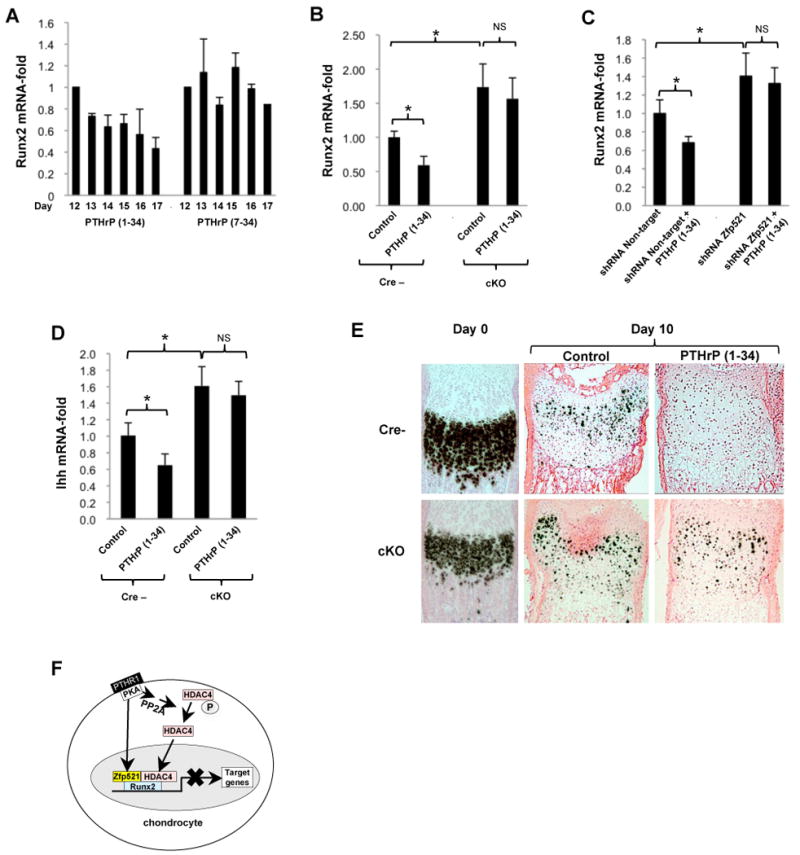Figure 7. Zfp521 mediates some effects of PTHrP on chondrocytes.

(A) Micromass cultures of ATDC5 cells were exposed to 100 nM PTHrP (1-34) or PTHrP (7-34) at the onset of hypertrophic conversion (d12 to d16). PTHrP (1-34) induced a progressive decrease in Runx2 mRNA expression, but PTHrP (7-34) had no effect.
(B) Primary rib chondrocytes were isolated from 2-week-old Zfp521 cKO and floxed control mice and treated for 48h with 100 nM PTHrP (1-34). PTHrP failed to repress Runx2 mRNA expression in the Zfp521 cKO cells (NS = not significant).
(C) Micromass cultures of ATDC5 cells stably expressing Zfp521 (seq.4) or non-target shRNAs were treated with 100 nM PTHrP (1-34) for 48h. Depleting Zfp521 prevented the PTHrP-induced decrease in Runx2 expression.
(D) Ihh expression was measured in primary chondrocytes from 2-week-old Zfp521 cKO and floxed control mice treated for 48h with 100 nM PTHrP (1-34). PTHrP failed to repress Ihh mRNA expression in the Zfp521 cKO cells.
(E) Metatarsals from 2 weeks-old Zfp521 cKO and floxed control mice were cultured with or without PTHrP (1-34) for 10 days and assayed for Col X mRNA by in situ hybridization. The absence of Zfp521 blunted the repressive effect of PTHrP on Col X expression. Note the presence of the growth plate phenotype on mutant metatarsals both at day 0 and day 10, and the alterations of the growth plate morphology of both wild-type and mutant mice at day 10 due to in vitro assay conditions.
(F) Proposed model of action of Zfp521 in pre-hypertrophic chondrocytes. In chondrocytes, activation of the parathyroid hormone (PTH) receptor 1 (PTHR1) causes a PKA-mediated increase in Zfp521 expression and activates protein phosphatase 2A, which dephosphorylates HDAC4 (Kozhemyakina et al., 2009), causing its nuclear accumulation. In the nucleus, Zfp521 forms a complex with HDAC4 and Runx2, leading to a repression of Runx2-mediated target gene activation. (A-D) Data are means ± S.D., n=3, *p<0.05.
